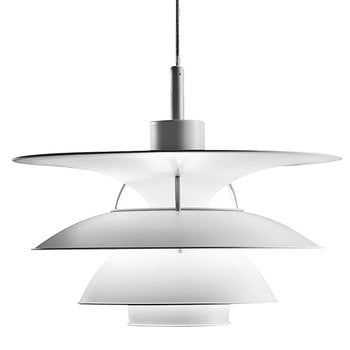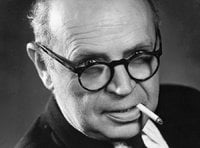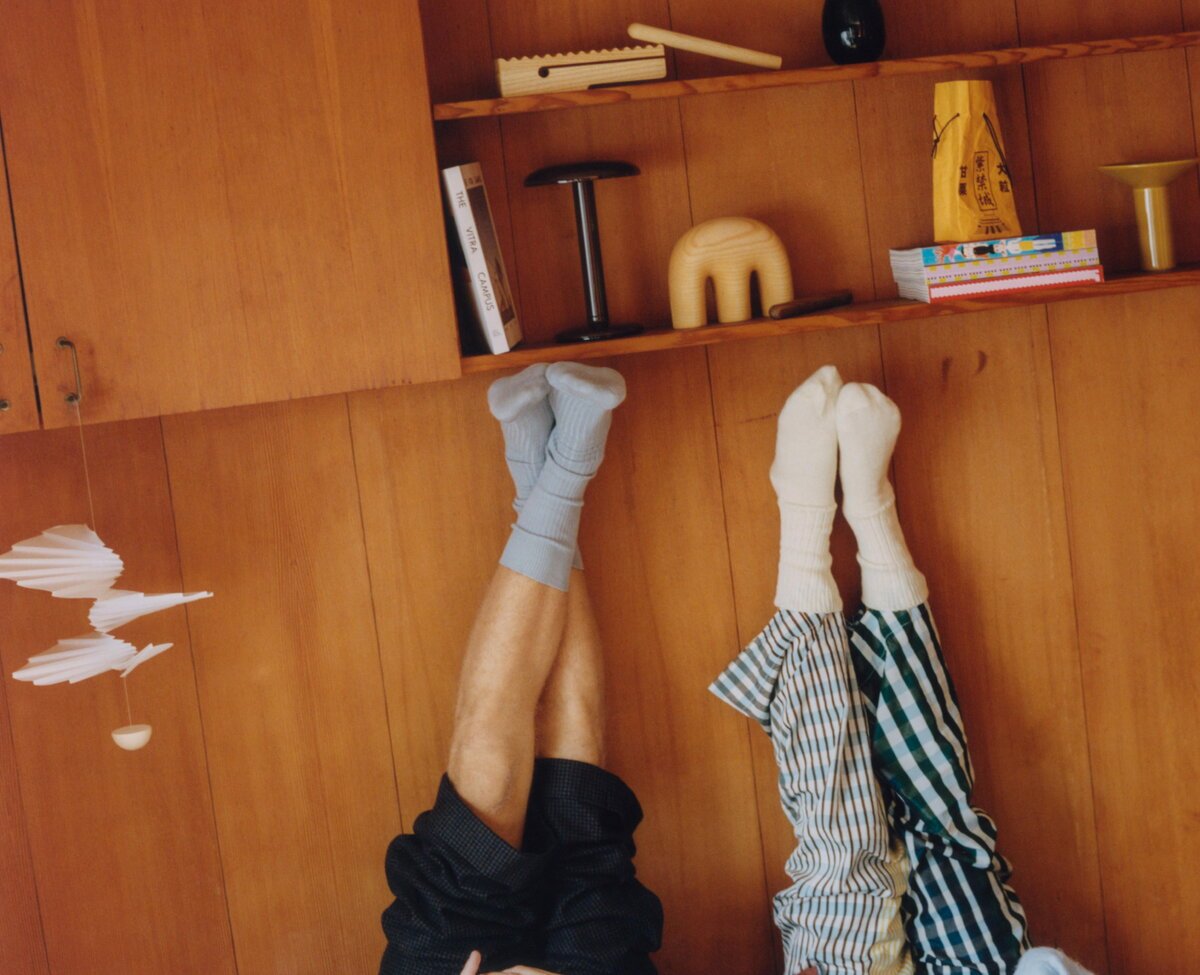PH 5-4 1/2 pendant by Louis Poulsen features four layered shades and an anti-glare structure. The lamp was originally designed by Poul Henningsen in 1931 and released again in 1984 as an updated version by Sophus Frandsen and Ebbe Christensen. Redesigned for Århus Concert Hall, PH 5-4 1/2 looks especially great in high, open spaces. And just like other luminaries of the PH range, the pendant’s structure is both elegant and innovative: the beautiful, layered shades prevent glare and provide a pleasant lighting in any room.
PH 5-4 1/2 pendant, white
Louis Poulsen
Description
PH 5-4 1/2 pendant by Louis Poulsen features four layered shades and an anti-glare structure. The lamp was originally designed by Poul Henningsen in 1931 and released again in 1984 as an updated version by Sophus Frandsen and Ebbe Christensen. Redesigned for Århus Concert Hall, PH 5-4 1/2 looks especially great in high, open spaces. And just like other luminaries of the PH range, the pendant’s structure is both elegant and innovative: the beautiful, layered shades prevent glare and provide a pleasant lighting in any room.
Product details (19)
- Material
- Shades: spun aluminium, Anti-glare disc: blue, spun aluminiumm, Struts: rolled aluminium
- Colour
- White
- Width
- 46.6 cm
- Diameter
- 46.6 cm
- Height
- 31.8 cm
- Bulb base
- EU: E27 / US: A-21/medium
- Light source
- EU: 15-21W LED (not included) / US: 22W LED (not included)
- IP rating
- EU: 20 / US: cULus, damp location
- Protection class
- I
- Voltage
- 220–240 V
- Nominal frequency
- 50–60 Hz
- Certifications and labels
- EU: CE marked, tested and approved according to European standards
- Cable length
- 300 cm
- Cable colour
- White
- Cable material
- Textile
- Weight
- 2.5 kg
- Canopy
- Yes
- Ceiling plug
- No
- Dimmable
- No, but can be fitted with an aligned dimmer. In this case, please use a dimmable light bulb.
- Product ID
Designer
Poul Henningsen (1894-1967) was a famous Danish designer who studied at the Technical School at Frederiksberg, Denmark, from 1911 to 1914, and then at the Technical College in Copenhagen from 1914 to 1917. He started practicing traditional functionalistic architecture, but over the years his professional interests changed to focus mainly on lighting which is what he became famous for.
Read moreReviews (0)
Sustainability
This product does not yet have a sustainability rating.
Learn more.





